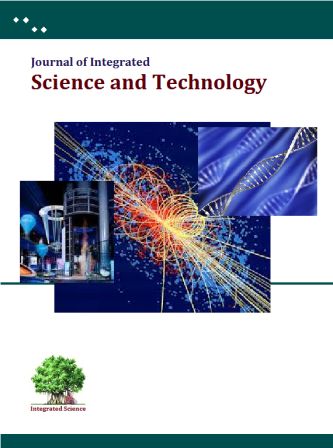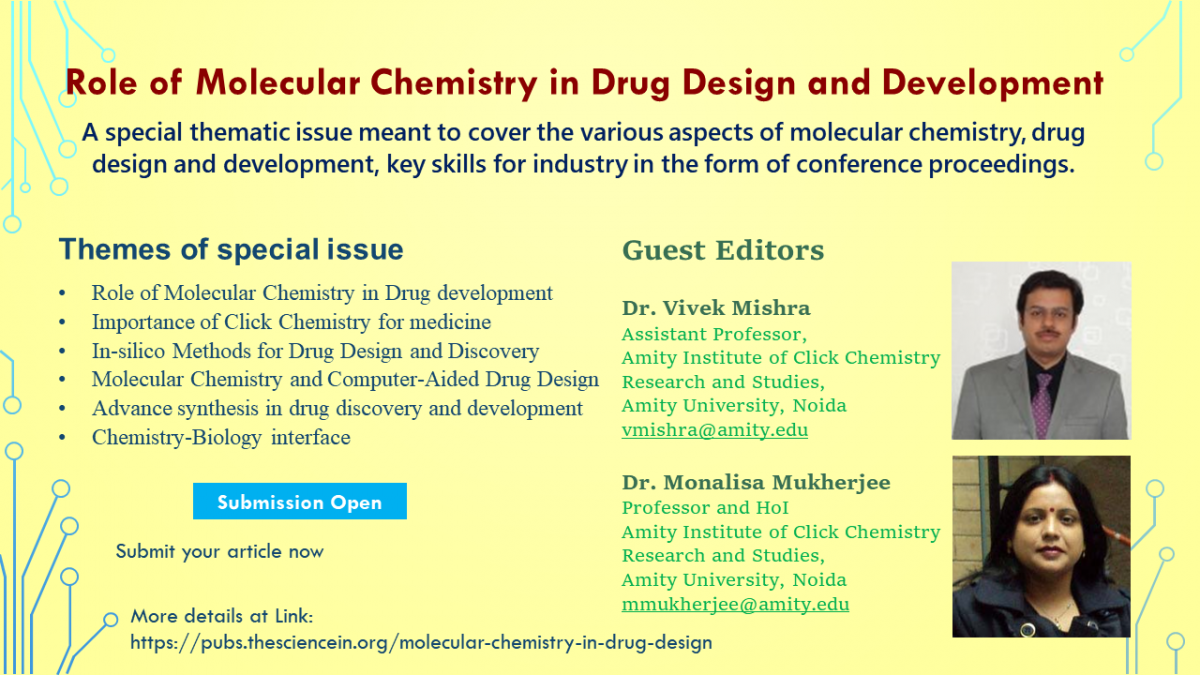The citations to the published works indicate the relevance of specific piece of work (research article, review article, short communication etc.) for research community. The citations to articles enrich the profiles of authors and are beneficial for ranking of the institutes/universities.
Citations to published articles are directly relevant for Authors’ profile and Institution Ranking..
In the current scenario of publish and popularize, the authors/researchers should take steps to inform the research community about their new published work/article (simply indexing in databases is not sufficient). You may refer to Prof. Jeff Ollerton blog to understand ‘why you should promote your work’ at https://jeffollerton.co.uk/2015/01/08/what-do-academics-do-once-the-research-is-published/
You need to promote your work (Popularize), no one else will do it for you.
There have been many research advances to understand the different aspects and methods that brings increased citations to a published article (see references below). Herein are listed the prominent methods which on systematic adoption will bring more citations for authors
Best methods to improve your citations counts – check list below:
Concise compilation of article:
- The title, abstract and keywords of the article should be containing the relevant details which can list your article on the top in search result in any online search engine (google, bing, yahoo etc.). refer to ‘content composition’ hints for your article.
Share on your webpage
- Make your professional webpage and list your article on your webpage. Preferably, the webpage should be on your institute/university website, if not then develop your own. Self-archiving of your article on your webpage makes it easily searchable and bring more citations. Always insert link to the original source (journal site) to the list of your articles (authenticity of work give researchers a reason to cite repeatedly).
Publish your work with Open Access
- Open access of your article brings more citations. It has been reported by many researchers and have recently been observed that the articles published with ‘open access’ gets more citations. So, preferably publish your work with open access.
Publish in collaboration
- Collaborate and publish your work with international authors. This is another value addition factor to your article,
(a) collaborative publishing with international authors indicates an inclusiveness of diversity and gives a better chance of getting cited by researchers from different countries (by authors itself as well as readers).
(b) Team authored articles gets more citations (it is good to collaborate and have more authors on your article). The multiple authors provide multiple opportunities for promoting the work, and also they are more likely to cite the work.
(c) Publishing with senior researchers (or Noble laureates) brings authenticity as well as citations to your article.
Collaborative publishing is the key for higher citations.
Collaborative team publication are always on better side for total count of citations.
Publish a review
- Publish a detailed lengthy paper with inclusion of more references. It has been reported by researchers that a lengthy article and articles with more references generally gets more citations. Review paper gets more citations.
Blog your work
- Start blogging about your published work. Write and post a small paragraph giving the general importance of your work in a layman language (so every one can understand your work), include link to your article on journal site in your blog so that readers can easily find your article.
Social Share
- Share on Academic and Networking site. You inform your close colleagues about your work when you share link of your work on social networking site (LinkedIn, Researchgate, facebook, academica etc.).
Insert ‘callout’
- Include a ‘callout’ in your article as papers with ‘callout’ gets more citations. Callout are general interpretation of discussion and readers quickly gets your message/interpretation which increases the chances of getting cited your article.
Include article in Email Signatures
- Include your recent article title and link in your Email Signature. Your email readers (mostly your colleague and network) will notice your work via this method and will cite your article.
Share Data
- Always share your experimental data (as supplementary file or on as result dataset on any archival sites). Works with complete details are referred more by researchers and gets upto 60% more citations.
Present in conferences
- Share your article in conference presentations, your targeted audience get noticed of your work in field specific conferences. Include your article details/citation in your presentation.
Share podcast of your work
- Create a podcast / video of your work and share it on youtube or vimeo, link to original article should be inserted in description of video podcast. Visual / video makes the reach to more researchers, would bring citations to your work.
Share on different text sites
- Share your article on wiki sites (Wikipedia) and other similar sites. Sharing on different sites will bring your article in very results on google search and other search engine; creating more readership and more citations.
Deposit in institutional repository
- Deposit your article or abstract on your institutional site or repository. Scholars from your institute search the local repository and find your article.
Cite
- Cite your article / past work when it is relevant to your current work/article. (do not cite unrelated articles).
Start adopting each of above points, let us know your results. Did you get any improvement in your citation count, and author profile then share your thought to us.
(Any additional suggestion in above list or correction/update are also welcome, write to us using contact us page).
Additional readings:
https://mpra.ub.uni-muenchen.de/50919/1/MPRA_paper_50919.pdf


